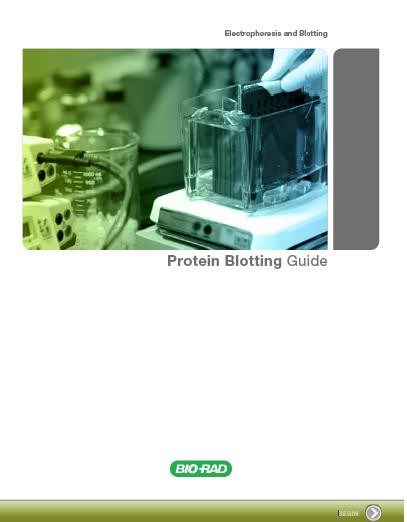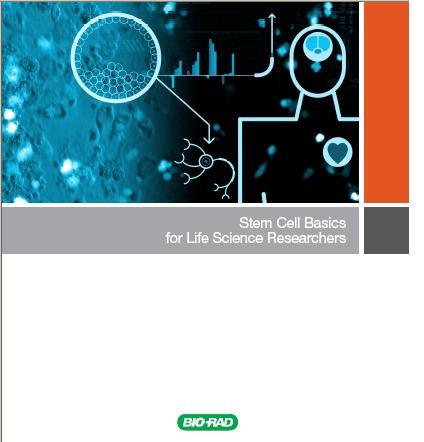In developing nations, rural areas, and even one’s own home, limited access to expensive equipment and trained medical professionals can impede the diagnosis and treatment of disease. Many qualitative tests that provide a simple “yes” or “no” answer (like an at-home pregnancy test) have been optimized for use in these resource-limited settings. But few quantitative tests—those able to measure the precise concentration of biomolecules, not just their presence or absence—can be done outside of a laboratory or clinical setting. By leveraging their discovery of the robustness of “digital,” or single-molecule quantitative assays, researchers at the California Institute of Technology (Caltech) have demonstrated a method for using a lab-on-a-chip device and a cell phone to determine a concentration of molecules, such as HIV RNA molecules, in a sample. This digital approach can consistently provide accurate quantitative information despite changes in timing, temperature, and lighting conditions, a capability not previously possible using traditional measurements.
Tags: molecular biology, tools















